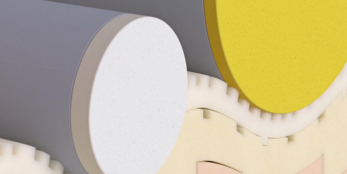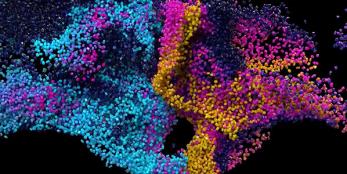Applications
Texin 8990AE resin exhibits better color stability towards UV (ultraviolet) exposure (i.e. yellowing) than aromatic thermoplastic polyurethane resins. Texin 8990AE also exhibits inherent resistance to hydrolysis, as well as outstanding clarity and flexibility. Texin 8990AE resin was primarily designed for photovoltaic applications, but can be used for applications such as coated fabrics, tarps and rain gear, optical lenses, flexible windows and outdoor signage. Exposure to UV irradiation can affect the mechanical properties of thermoplastic polyurethane resin. As with any product, use of Texin 8990AE resin in a given application must be tested (including but not limited to field testing) in advance by the user to determine suitability.
Storage time
Texin thermoplastic polyurethane resins are hygroscopic and will absorb ambient moisture. The resins should remain in their sealed containers and stored in a dry area. Storage temperatures should not exceed 86°F (30°C). Unused resin from opened containers, or reground material that is not to be used immediately, should also be stored in sealed containers under cool and dry conditions.Prior to processing, Texin 8990AE resin must be thoroughly dried for a minimum of 4 hours in a pre-heated desiccant dehumidifying hopper dryer to a moisture content of less than 0.03%. Hopper inlet air temperature should be 150°-180°F (66°-82°C), the inlet air dew point should be -20°F (-29°C) or lower.Where end-use requirements permit, up to 20% Texin resin regrind may be used with virgin material. Regrind material must be generated from properly molded/extruded parts, sprues, runners, trimmings, and/or films. Degraded or discolored material may not be used for regrind. All regrind material must be free of contamination and thoroughly blended with virgin material prior to drying and processing. Finish parts containing regrind must be tested to ensure that end-use requirements are fully met.
Processing
Typical starting conditions for injection molding, extrusion, and blow molding are noted below. Actual processing conditions will depend on machine size, mold design, material residence time, shot size, part geometry, etc.









